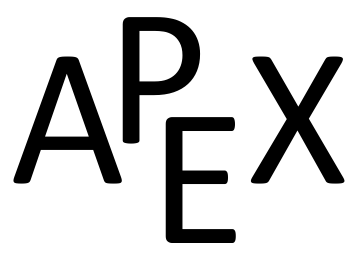We computed in
Example 12.1.17 that the displacement of
\(\vec r(t)\) on
\([-1,1]\) was
\(\vec d = \la 0,2\ra\text{.}\) Thus the average rate of change of
\(\vec r(t)\) on
\([-1,1]\) is:
\begin{equation*}
\frac{\vec r(1) -\vec r(-1)}{1-(-1)} = \frac{\la 0,2\ra}{2} = \la 0,1\ra\text{.}
\end{equation*}
We interpret this as follows: the object followed a semi-circular path, meaning it moved towards the right then moved back to the left, while climbing slowly, then quickly, then slowly again. On average, however, it progressed straight up at a constant rate of \(\la 0,1\ra\) per unit of time.
We can quickly see that the displacement on \([-1,5]\) is the same as on \([-1,1]\text{,}\) so \(\vec d = \la 0,2\ra\text{.}\) The average rate of change is different, though:
\begin{equation*}
\frac{\vec r(5)-\vec r(-1)}{5-(-1)} = \frac{\la 0,2\ra}{6} = \la 0,1/3\ra\text{.}
\end{equation*}
As it took “3 times as long” to arrive at the same place, this average rate of change on \([-1,5]\) is \(1/3\) the average rate of change on \([-1,1]\text{.}\)

